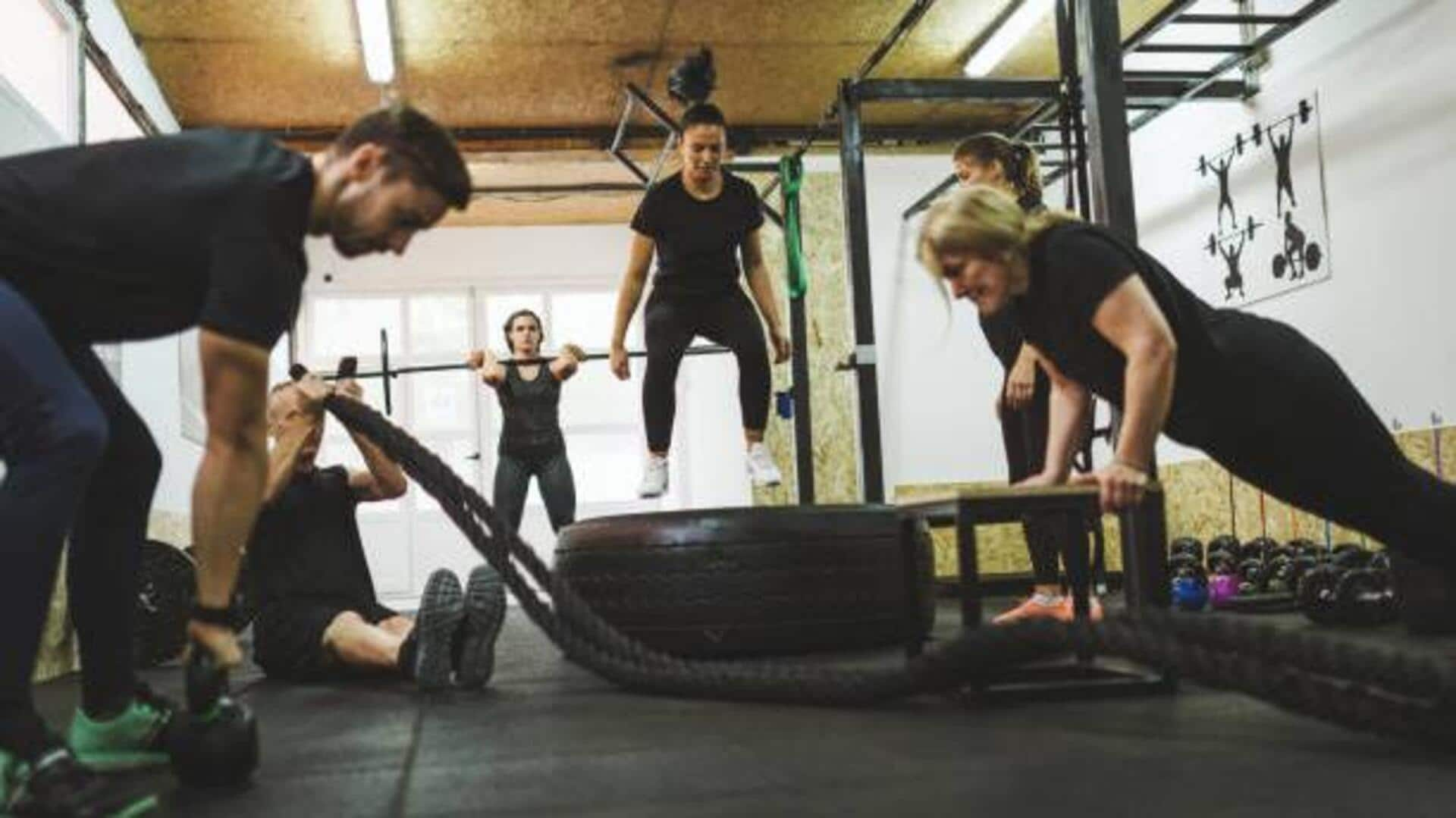
Want a full-body workout? Circuit training is the answer
What's the story
Circuit training is a high-intensity workout combining aerobic and resistance exercises to increase strength, muscle endurance, and cardiovascular health.
It involves completing exercises in a round-robin format with minimal rest, providing a time-efficient way to improve fitness rapidly.
Perfect for beginners and advanced athletes alike, this versatile method can be tailored for different fitness levels, making it a powerful choice for boosting energy.
Full-body focus
Incorporate full-body exercises
To get the most out of your circuit training, incorporate full-body exercises such as squats, push-ups, and burpees.
These multi-joint movements work several muscle groups at once, raising your heart rate and maximizing calorie expenditure.
This approach enhances muscular coordination and balance, providing a well-rounded workout experience that improves total-body strength and vitality.
Minimal rest
Keep rest periods short
One crucial element of circuit training is minimizing rest periods between exercises.
You should aim for a brief 10 to 30-second rest following each exercise before transitioning to the next one.
This approach maintains an elevated heart rate throughout the session, fostering cardiovascular health and stamina.
Short rest periods also preserve the workout's intensity, optimizing your exercise time by maximizing calorie burn and endurance.
Workout variety
Vary your workouts regularly
To avoid hitting plateaus and keep things exciting, you should change your circuit routines often.
Rotating exercises every few weeks ensures you're working different muscles and keeps things fresh.
This variety not only prevents your body from adapting but also promotes well-rounded development by focusing on different areas of fitness like strength, flexibility, balance, and cardio.
Consistently changing your routine is key to long-term vitality gain.
Intensity boost
Gradually increase intensity
As you get stronger and more comfortable with circuit training, it's important to progressively challenge yourself by increasing the intensity of your workouts.
This can be achieved by adding more reps, upping the weights used in resistance exercises, or even reducing rest periods between sets.
These modifications will further challenge your cardiovascular and muscular endurance, fostering continued progress in fitness and vitality.
Progress tracking
Monitor your progress
Keeping track of progress is crucial for motivation and ensuring you're seeing results.
Use a fitness tracker app to record repetitions, weights, and durations of your workouts.
Seeing improvements in performance over time provides valuable feedback for adjusting your routine.
Noticing small gains also increases motivation and fosters consistency, key for achieving long-term health goals.